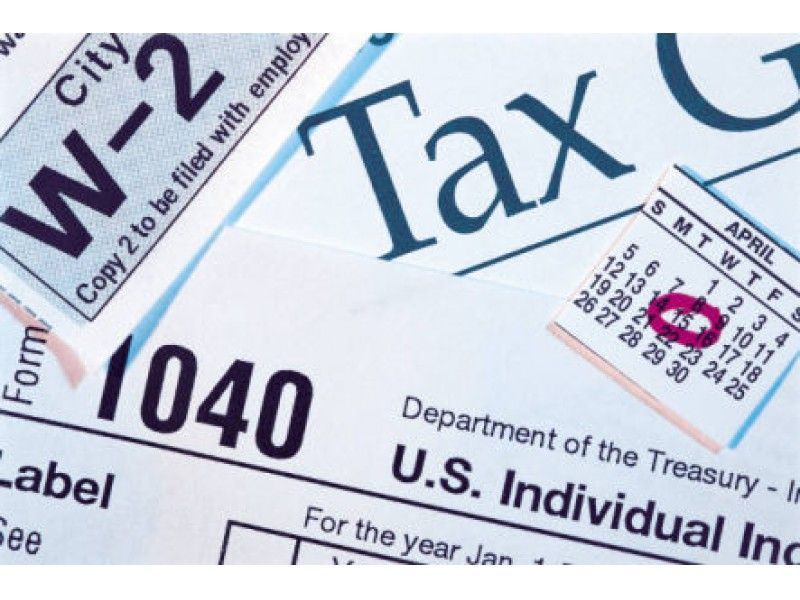
Jan
On December 18, 2015 the President signed the 2015 tax extenders bill in to law. While this law once again came out far too late to be fully utilized certain steps were taken in order to avoid this in the future.
Provisions that had expired as of December 31, 2014 were extended not only until December 31, 2015 but some were made permanent and others were extended for multiple years. I will highlight some of the major provisions.
Provisions Made Permanent
Section 179 expensing. This provision allows taxpayers to expense certain capital assets in 1 year that would normally be depreciated over several years. The number has been $500,000 since 2010. Unfortunately for the last few years this law has been extended on a year by year basis. In 2014 and 2015 the law was not passed until late December and although it was retroactive to January 1st, gave taxpayers less than 2 weeks to plan in advance knowing the law.
15 year life of qualified retail, restaurant and retail improvements. The previous depreciable life of these improvements was 39 years.
Reduction in S corporation built-on gains recognition period. C corporations who convert to S corporations and have appreciated assets at the conversion date can avoid tax on these assets if they wait 5 years to sell them. Previously this number was 10 years.
Enhanced American Opportunity Credit. This is the credit that is allowed for post-secondary education of up to $2,500 per year for 4 years per student subject to certain income phase outs.
Taxpayers over the age of 70 ½ may make charitable donations from their IRA and will not be taxed on amounts up to $100,000.
Provisions Extended Through December 31, 2019
Bonus depreciation. A 50% 1st year expensing of certain equipment is allowed for 2015, 2016 and 2017. The percentage drops to 40% for 2018, 30% for 2019 and the credit disappears after 2019.;
Provisions Extended Through December 31, 2016
Cancellation of Debt (COD) Income on a principal residence. If a principal home is sold and the lender is not paid in full any portion of the loan forgiven is “cancellation of debt income” and would normally be taxable. This exception allows taxpayer forced to sell a home for less than the loan value to not incur a tax on this income.
Tuition deduction of up to $4,000.
Energy credit of up to $500 for purchasing energy efficient property.
Conclusion
This article highlights the new tax law in a few paragraphs and although this is not a huge tax law this article only skims the surface. If you are unsure of whether there are any provisions in the new law that may benefit you contact a tax professional with knowledge of these new provisions.
